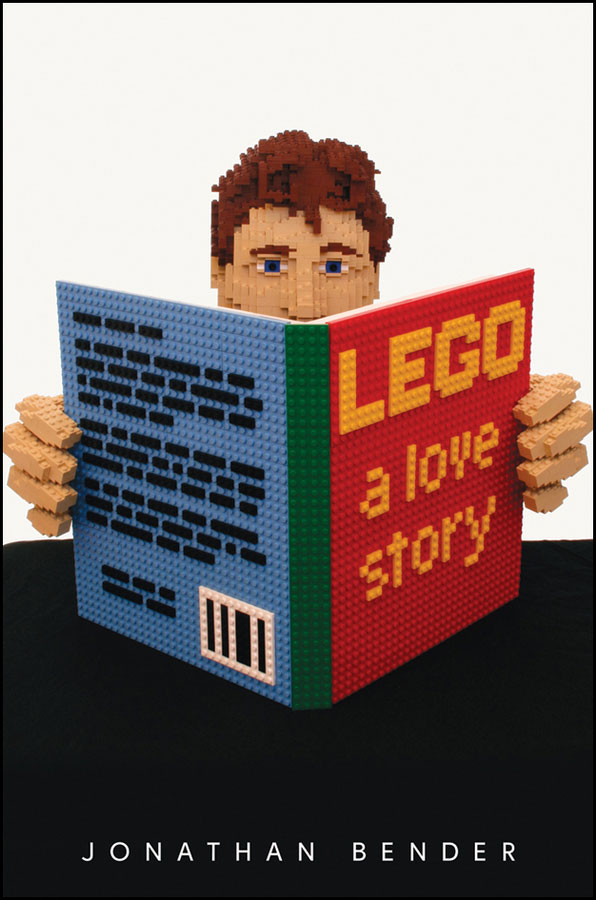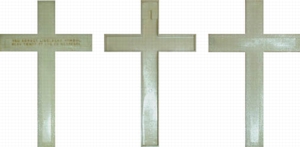Review: A couple of years ago, I remember hearing on one of the LEGO forums about Jonathan Bender, a journalist who was planning on spending a year exploring the AFOL community as part of a writing project. He started a blog, Brick Bender, to document his journey. I read a few entries, but there are so many different blogs and websites out there that I kind of forgot about it. Recently, though, this exploration came to fruition in a new book, LEGO: A Love Story.

The result is a highly enjoyable book. Jonathan follows the journey that many of us took. He remembers playing with LEGO as a kid, but then goes into a long dark age. Little things remind him of his hobby, and eventually he digs his old bricks out of his parents' basement. He nervously buys new LEGO for himself, afraid that others might learn of his purchase. Then he starts building MOCs. He connects with the community, and is initially nervous that his MOCs won't measure up to the amazing models he sees.
Along the way, Jonathan met up with a great number of people from the AFOL community. One of the first things I noticed when flipping through the book was that it has a great index, and, yes, I looked myself up. To my utter surprise, delight, and honor, there I was. On page 106 he quotes something I posted on Lugnet several years ago about vignettes. But I'm a minor player, of course. He talks to a great number of the major players in the AFOL world, from bloggers to fest organizers, to current and former LEGO employees. He also researches the LEGO company and the growth of the fan community, with a lot of the major events along the way. He travels to several fan events like Brick World, Brick Bash, Brick Show, and BrickCon (hmm, see a pattern in fan fest names?) and gets behind the scenes tours at the Toy and Plastic Brick Museum, Legoland California, and the homeland itself, LEGO headquarters in Billund. And he invites us all along for the ride.
There are several audiences for this book. If you are just interested in the hobby as an outsider, particularly if you are, say, the spouse of an AFOL, he gives a great insight into these crazy people and their plastic brick masterpieces. If you are just coming out of your own dark age, you can learn a ton about the hobby and the people in it. If you're someone who's been in the hobby for years, it's like going to a reunion, where you encounter old friends and share great memories.
Are there shortcomings in this book? Yes, of course. No book can hope to be a comprehensive view of such a large and diverse community. I saw a couple of small errors, and places where I remember events a little differently than he reports. It felt in places like he gave a larger weight to some individuals because he got to know them personally, while other very important members of the community were missed, especially those outside the US. I do wish that he'd spent more time on the evolution of the on-line side of the Legoverse. He has a good picture of the growth from Usenet newsgroups to Lugnet. But as he reports, Lugnet is pretty dead these days, and he doesn't really go into the way that other, more specific forums grew out of Lugnet, or the variety of blogs (other than the Brothers Brick, which he rightly points out as the most important LEGO blog) and Flickr groups. The other thing I really felt the book needed was more pictures. There are black and white photos at the start of each chapter, and eight pages of glossy color photos in the center, but with such a visual medium you could have put photos on almost every page. As a pretty active AFOL I remember a lot of the different MOCs he mentions, but someone less involved in the hobby would benefit from photos of these. I want to reread the book with Jonathan's blog open in front of me, so that I can go back and forth and see his photos along with the events he describes.
The book is intensely personal. In addition to inviting us in to his own feelings as he becomes an AFOL - the fun of discovery, the nervousness about others learning about his hobby, the fear that his efforts would not be accepted by other AFOLs - he invites us deeper. We get to see him building LEGO with his dad as a child, and then again reconnecting through LEGO as an adult. Even more personally, we get his and his wife's fears that they may never have children of their own. I'm not afraid to admit that my eyes were tearing up at the emotional climax in the last few pages. This is ultimately a book about love. Yes, we all share a love for little plastic bricks, but in the end it is about love between people - the lasting friendships built up between community members, the love of a husband and wife, the love of a parent and child. That's what makes this hobby so special, and that's what this book celebrates.
GodBricks specific material: Jonathan has a discussion with Brendan Powell Smith about the Brick Testament. He also has a passing reference to these crosses produced by the LEGO company in their early years of molding plastic. He also talks with Brian Korte of Brickworkz, who has been featured here before.

No comments:
Post a Comment